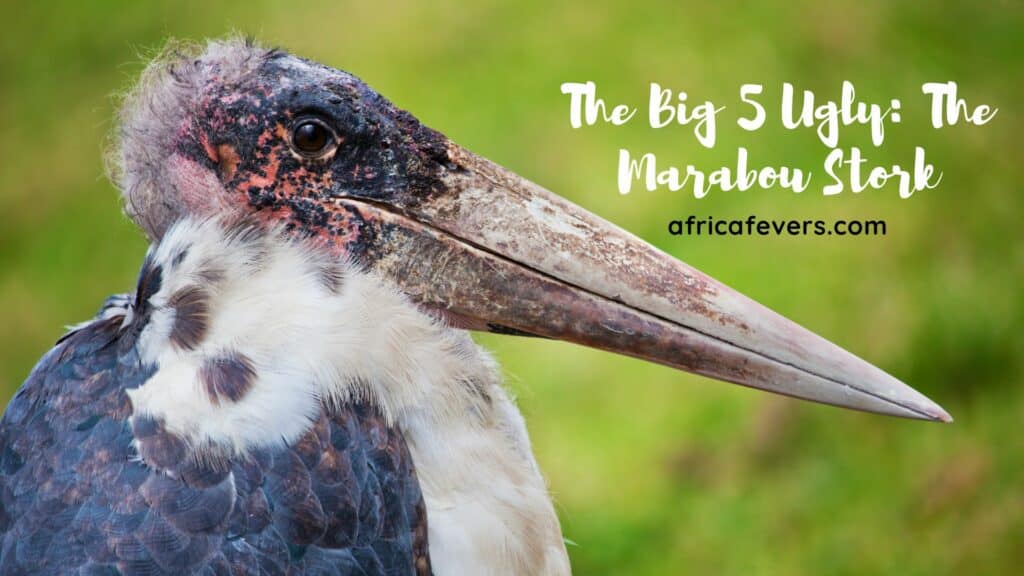When people think of African leopards, a few things probably come to mind: they’re strong, solitary, and often found dragging antelope into trees.
But there’s much more going on with this elusive big cat than meets the eye. Here are 9 facts about the African leopard you probably haven’t heard before: some are quirky, some are a bit strange, and a few are just unexpected, to say the least 🙂
1. Leopards Will Eat Pretty Much Anything
Most safari guides will tell you that leopards hunt antelope or monkeys. But in reality, they’ve been recorded eating over 100 different species — everything from beetles and birds to wild melons when water is scarce. They’re one of Africa’s most adaptable predators, adjusting their diet depending on what’s available in each region.

2. Some Leopards Are Strawberry-Coloured
Say WHAT now? In 2012, a rare pink-hued leopard was spotted (see picture on National Geographic), in South Africa’s Madikwe Game Reserve. This unusual coloring is likely due to a condition called erythrism: a genetic mutation that causes an excess of red pigment. It’s incredibly rare in the wild, and the so-called “strawberry leopard” has become somewhat of a local legend.
3. They Sometimes Play With Their Food
Leopards, just like our domestic cats, can show bursts of playful behavior — even during mealtime. One leopard was seen tossing a warthog’s jawbone into the air before eating, almost like it was playing with a toy. While not common, these playful moments have been caught on camera in various parks, including Kruger.

4. A Flicking Tail Can Be a Hunting Trick
If you’ve ever watched a leopard stalk prey, you might notice its tail tip twitching. While this might seem like a giveaway, it could actually serve a purpose: distracting the prey’s focus. Some researchers believe the flicking draws attention to the tail, while the body closes the distance unnoticed.
5. They’ve Been Seen Falling From Trees — On Purpose
One leopard was filmed in South Africa jumping from a 9-meter-high branch straight onto unsuspecting prey. It’s not their usual hunting method, but it shows how agile and daring leopards can be. They are expert climbers, but this kind of “ambush from above” behavior is rarely seen.
6. Each Leopard Has Its Own Voiceprint
Recent research has shown that each leopard has a unique roar pattern. These “sawing” calls can now be used to identify individual cats, much like a fingerprint. It’s a promising development for tracking leopards in dense terrain using audio sensors, especially in conservation areas where they’re hard to spot.
7. A Leopard Once Adopted a Baby Baboon
In Botswana, a female leopard named Legadema made headlines after an unusual moment. She killed a mother baboon, only to discover the infant still clinging to the body. Instead of killing it too, she gently carried the baby into a tree and protected it through the night. While the infant didn’t survive the cold, the behavior was so unexpected that wildlife researchers called it one of the most remarkable leopard encounters ever filmed.
8. Even Three Leopards Couldn’t Handle a Honey Badger
In one surprising encounter caught on camera, three leopards attempted to hunt a single honey badger. They soon gave up. The badger fought back so aggressively that the leopards backed off one by one. This wasn’t a fluke: honey badgers have been known to scare off even lions and hyenas, and leopards clearly learned to avoid the trouble.

9. There’s a Myth About Their Spots
In African folklore, there’s a story about how the leopard got its spots. Originally, the leopard had plain golden fur. But when a hunter tried to shoot him with poisoned arrows, a magical plant protected the leopard — and where each arrow touched, it left a dark circle. These circles became the leopard’s spots. Whether you see it as legend or symbolism, the story reflects the leopard’s status as a cunning and almost mystical animal in many cultures.
Final Thoughts
The African leopard may be one of the most iconic animals you’ll see on safari, but it’s also one of the most misunderstood. Beyond their beauty and stealth, leopards show unexpected intelligence, adaptability, and even moments of compassion.
Next time you see one on a game drive or hear its rasping call in the night, you’ll know there’s more to the story than just the spots.
I wish you a nice safari!
Kind regards,
Lizzy
I now have a YouTube channel as well!
YouTube
Hello Africa travellers!
Who am I? Well, the least you can say is that I am quite crazy about Africa, its nature, its climate, its culture, and more.
As a young woman in my twenties, I had already traveled to several African countries by traveling along in an overlander on my own and mostly camping ( or glamping ) and just fell in love with the diversity of it all.
So much, so that at the age of 26, I went back to university to study biology, which, unfortunately, I couldn’t finish because of health reasons (yes, I got sick from a tropical disease, oh cynicism). But this did not stop my dream of traveling back to Africa several times, and I still do.
My dream was back then to leave Europe and go study animal behavior, especially the elephants (sure, that’s every girl’s dream haha), but I am also very much intrigued by hyenas and other “ugly African animals“.
So, I “kind of” have a little bit of a scientific approach to my articles, when I write about African birds, for example. And most of all: the passion.
But life goes on, you move from one side of the country to the other, you get sick again and top it off with lower back problems, and before you know it, you are over 50 hahaha!
Now, I still travel to Africa, but take it a bit “easier” than the good old camping days, and stay in comfortable, yet affordable accommodations, together with my husband Wouter.
These are some of the countries I have traveled to: Kenya, Tanzania, Zanzibar, Malawi, Zambia, Zimbabwe, South Africa, Namibia, Botswana, Tunisia, and a little bit of Lesotho LOL .
While clearly not being African territory, but Spanish, I also visited Gran Canaria and Tenerife, and location-wise, I consider them “African”, because of their climate and nature, sue me :-p
The last trip I took was to South Africa in the year 2023, and it sure got the fevers for Africa back! From the Barberton mountains to the Drakensberg and the Southcoast, one month wasn’t enough at all to see the whole country, so we’ll be back! At ease and with a little bit more luxury than in my younger days haha!
I wish you happy travels!
Kind regards
Lizzy










